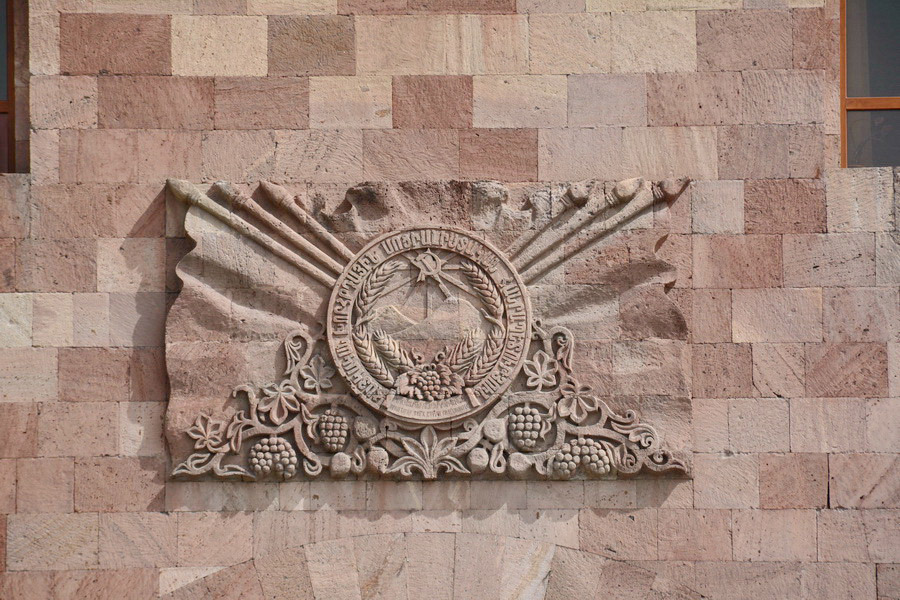
This long and eventful life was given to the city by the tsar of Ancient Urartu – Argishti I who built the fortress on Arin-Berd hill and named it Erebuni. That fortress in turn gave the name to the city which grew around. The ancient slab found by archeologists on that hill became the original birth certificate of the city. When deciphered the cuneiform writing says: “With the help of great God Haldi the tasr Argishti, the son of Menua constructed this powerful fortress and named it Erebuni”. It was 2,789 years ago, 29 years prior to the origination of Rome (!).
Ancient Yerevan played a considerable role in economic and political life of Armenia for many years; it stood on the crossroads of caravan routes, it was the major centre of trade. However, Yerevan was not the capital of Armenia, although it shared the country's bitter fate.
The invasions of conquerors in the 7 th – 11 th centuries - Arabs, and later Seljuk Turks caused a serious damage to the city's development. In the 15 th – 18 th centuries Yerevan suffered from robberies of Ottoman Turks and Persians. Yerevan passed from one hands to other 14 times - each time with considerable destructions. The conquest of Sefevid (Persian) Shah Abassom I in 1604 was the most devastating for Yerevan. In 1679 the earthquake destroyed the biggest part of the city.
In the 17 th – 19 th centuries Yerevan became the "apple of discord" between Russia, Turkey and Persia. Having taken Yerevan by storm on October 1st, 1827 Russian armies signed the Turkmanchai treaty according to which Persia had to refuse Transcaucasian territories including Yerevan khanate.
Yerevan became the capital of Armenia, short of its first and brief mentioning in the 15 th –century annals, only in 1920. By that moment the thirteenth capital of Armenia was a small, uncomfortable, and devastated by wars and earthquake town. Its intensive construction began in the 1930s and since 1936 the city has been officially called Yerevan. Before that its name was written and pronounced as Erivan.
Architect Alexander Tamanian became the “father” of the modern city. He managed to create the unique look of the city embodied in the noble classical architecture with skilful utilization of ancient Armenian builders' architecture elements: stone carving, ornamentation and so forth. Besides, Tamanian began to use tuff, the major natural resource of Armenia, in town-planning. Tuff is a stone of volcanic origin, very light, strong and beautiful. The most used in Yerevan was pink tuff, consequently, Armenian capital is sometimes called “a pink city”.

